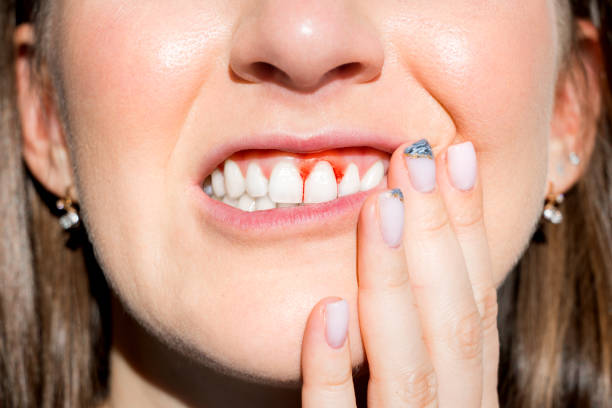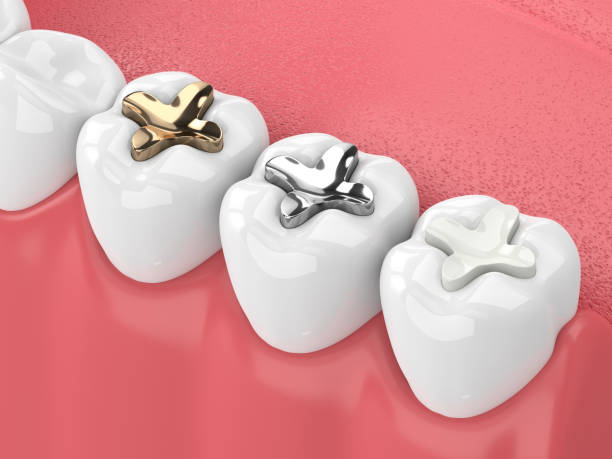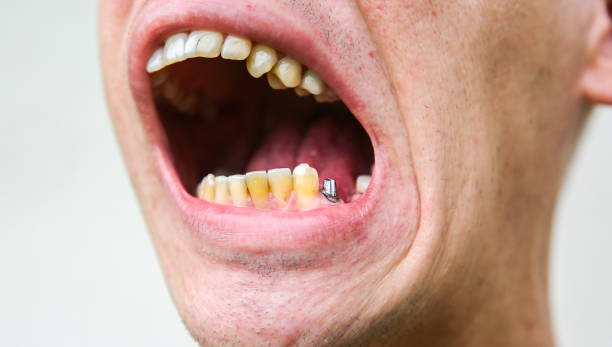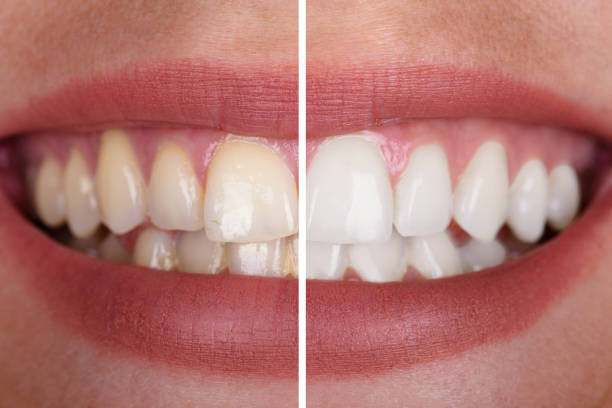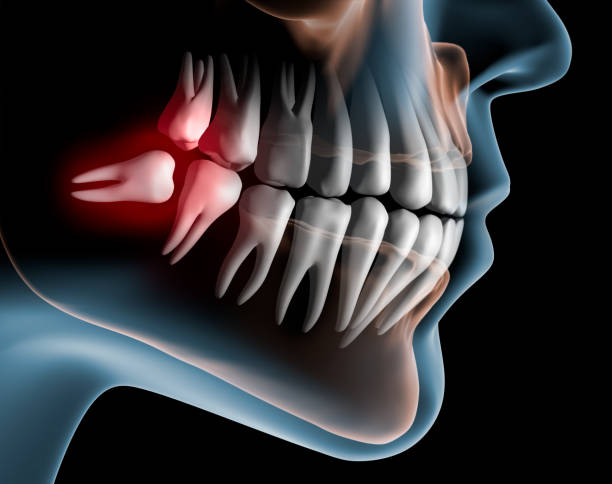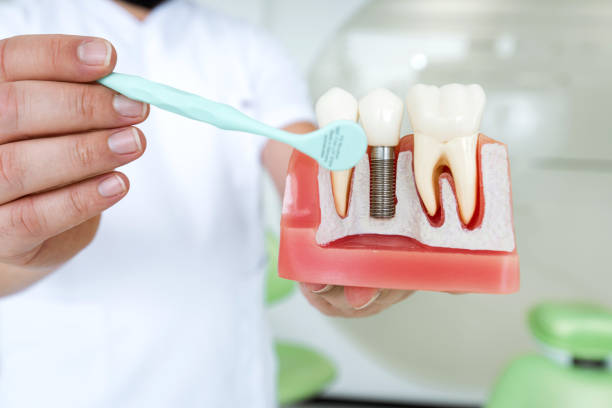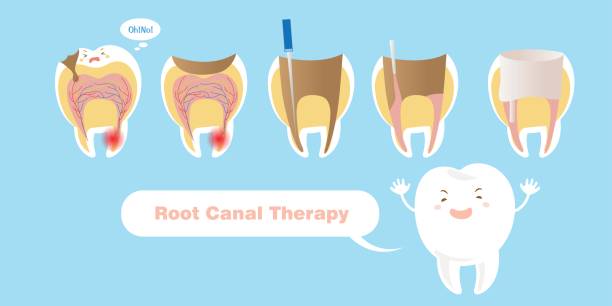As gum tissue recedes or wears away from the teeth, the root may become exposed and become more sensitive. If left untreated, it may eventually result in tooth loss. Healthy tissue may be used during gum graft surgery to reconstruct the area.
In the United States, periodontal disease or gum disease affects nearly half of the adult population, defined as those who are 30 years of age and older. Gums pulling away from the teeth as a result of periodontal disease can have negative effects on both health and appearance.
The side effects of receding gums can include tooth sensitivity, bone loss, and tooth loss. Since gum recession is a process that frequently progresses gradually over time, you might not even notice it until it has gotten out of hand.
These problems can be resolved and the gum line’s receding gum line can be fixed with a gum graft. Usually carried out by a periodontist, a gum graft is a dental procedure that covers exposed areas with tissue from your mouth or a donor. For a gum graft, tissue is typically taken from the roof of your mouth, but it can also come from a donor or a cadaver.
By covering exposed roots and guarding your teeth against further decay, gum graft surgery can improve your smile as well as your periodontal health.
Table of Contents
How Much Does a Gum Graft Cost?
Between $2,800 and $3,200 can be spent on a gum graft. The cost is determined by a number of factors, such as the degree of damage that needs to be fixed, the dentist who performs the surgery, and the source of the tissue.
In comparison to a general dentist, a periodontist specializes in gums. Additionally, using tissue from a donor is probably more expensive than using tissue that was taken from another area of your mouth.
Additional Costs and Possible Discounts
Your general dentist will likely recommend a reputable periodontist they frequently collaborate with if gum graft surgery is not something they are able to perform in-house. Before deciding whether a gum graft surgery would be beneficial for you and, if so, what kind of gum graft to use, the periodontist will need to perform a periodontal exam during your initial visit. Any additional x-rays required during this examination to evaluate the condition of your bone structure and tooth roots may also be included. The fee for this consultation and examination could reach $500.
Your dental insurance might pay a portion of the cost of your care, but if the surgery is deemed medically necessary, you might also be eligible for benefits under your medical insurance. Before your surgery, research your insurance’s medical and dental benefits so you’ll know what to expect. You might also think about getting your surgery done at a dental school or by way of a continuing education course. All procedures are meticulously observed by qualified dental professionals during dental school and continuing education courses.

Factors Which Cost of a Gum Graft Depending On
The Area That Needs to Be Grafted.
The extent and seriousness of gum recession are relevant here.
The Type of Surgery Done.
It is typically less expensive to use tissue taken from your mouth. Using a donor frequently increases the cost.
The Specialist Performing the Surgery.
In general, a periodontist bills more than a dentist.
The Location of the Office.
Depending on the location, prices can differ significantly.
If Gum Contouring is Done at the Same Time.
This procedure increases the cost, frequently by nearly doubling it, and trims the gums for a more aesthetically pleasing appearance.
How is a Gum Graft Performed?
In their office, your dentist might be able to perform a gum graft if they have the necessary equipment and training. If this isn’t the case, they might employ a periodontist or refer you to one they know and trust.
If you’re using tissue from your own mouth, the area where the tissue will be harvested will also be numbed by the doctor before treatment begins. Your doctor might give you a mild sedative to help you unwind if you are a particularly anxious patient. Although it is very uncommon, general anesthesia may occasionally be used.
In order to create a pocket for the new tissue, your doctor will cut a small hole in the area to be treated. The area will be stitched together to close it after the tissue has been inserted into its pocket. In addition, if tissue harvesting was performed, you might need stitches in the harvested tissue area. The area might then be protected while it heals by your doctor using either a stent or putty.
Close Note: Finding the Right Provider for You
If your general dentist is unable to perform gum grafting surgery for you, they should be able to recommend a few reliable periodontists. If you have dental insurance and are concerned with in-network providers, use the “find a provider” tool on your dental insurance’s website. The websites of the American Dental Association and the American Academy of Periodontology are also fantastic walls.



